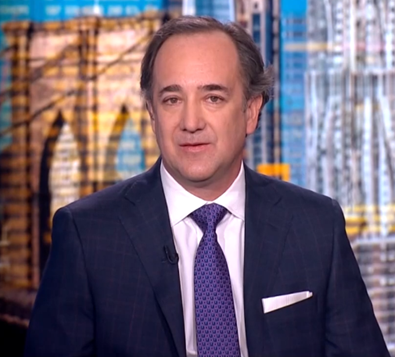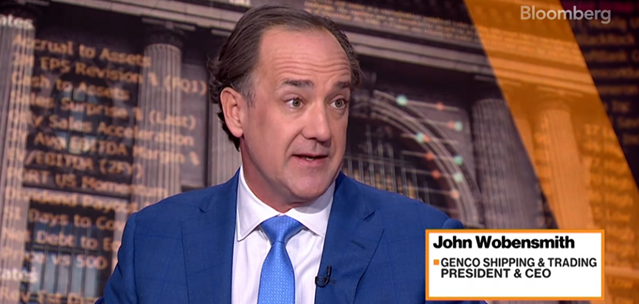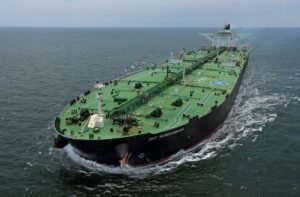
Having taken advantage of firm asset values to selectively dispose older vessels from its fleet, U.S.- headquartered drybulk shipowner Genco Shipping & Trading is ready to continue evaluating its fleet renewal.
John Wobensmith, CEO of drybulk specialist Genco Shipping and Trading, revealed his intention to reinvest these sale proceeds in high quality, fuel efficient capesize vessels.
After the sale of the Genco Hadrian, the strategic decision to exit the smaller 169,000 dwt capesizes will be complete, says the shipowner.
To remind, the company delivered two 2009-2010-built 169,000 dwt capesize vessels, the Genco Maximus and Genco Claudius, to buyers in April 2024.
Furthermore, it agreed to sell the Genco Warrior, a 2005-built 55,000 dwt supramax vessel, for $11.95m and the Genco Hadrian, a 2008-built 169,000 dwt capesize vessel, for $25m.
Both of these vessels were scheduled to drydock in 2025, saving Genco approximately $5m in drydocking expenses next year.
The Genco Warrior was delivered to its buyer on July 5 and the Genco Hadrian is anticipated to be delivered to its buyer in October.
“We believe the sales of these older, less fuel efficient vessels were well-timed given the firm prices achieved enabling us to take advantage of cyclically higher asset values and monetize non-core assets,” the owner explained in its second quarter results.
“We intend to reinvest these sale proceeds in high quality, fuel efficient capesize vessels to improve our earnings capacity and further modernize the asset base as we continue to evaluate fleet renewal and growth opportunities in the sale and purchase market,” it added.
Genco’s fleet is expected to consist of 41 vessels, including 15 capesize, 15 ultramax and 11 supramax vessels with an aggregate capacity of approximately 4,266,000 dwt and an average age of 11.8 years, after agreed upon vessel sales.
Furthermore, the company is planning to upgrade a portion of its fleet with energy saving devices and apply high performance paint systems to its vessels in order to reduce fuel consumption and emissions.



